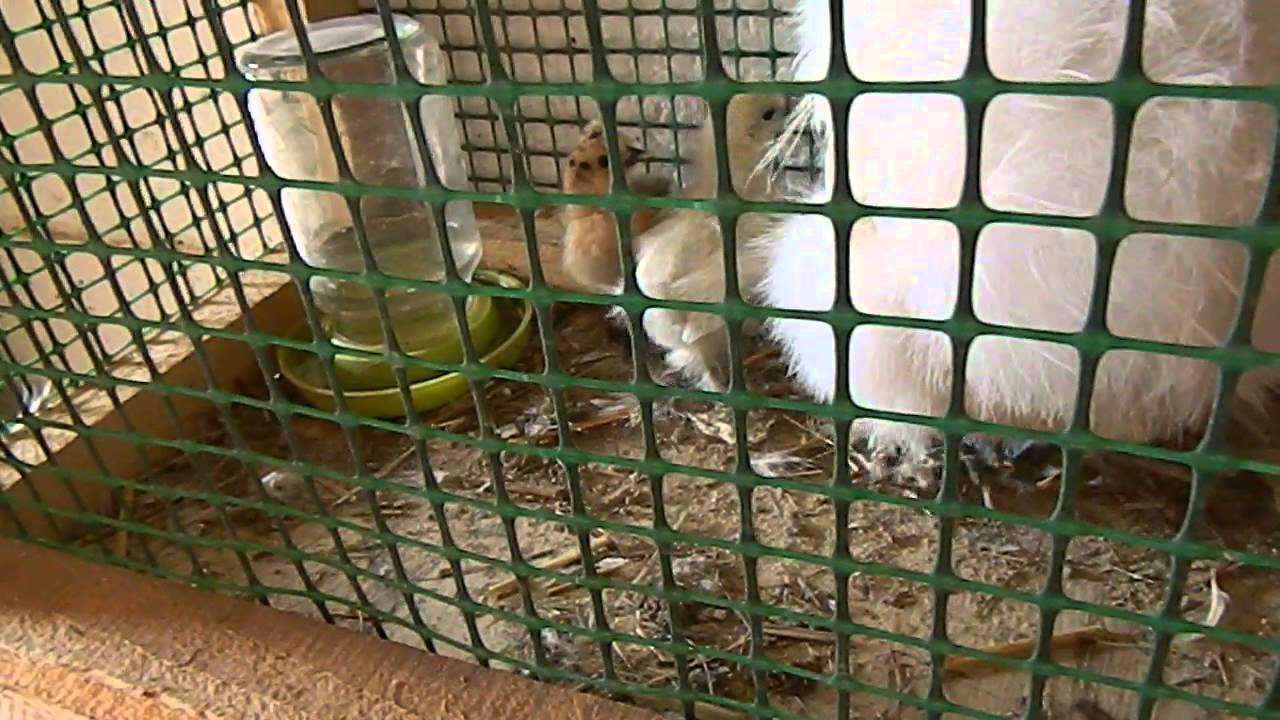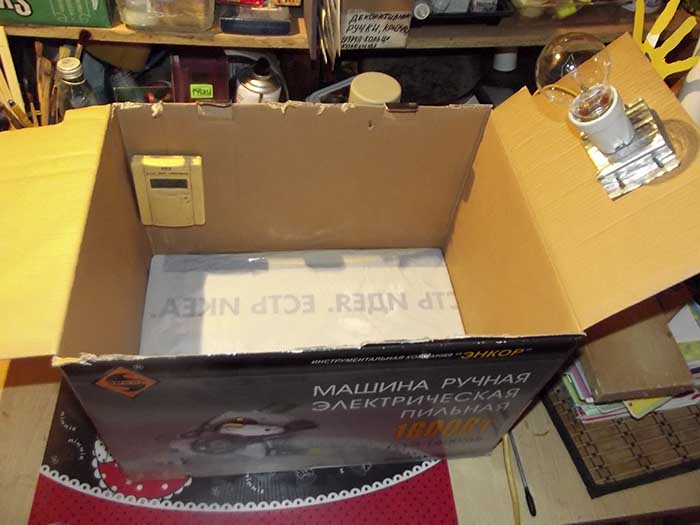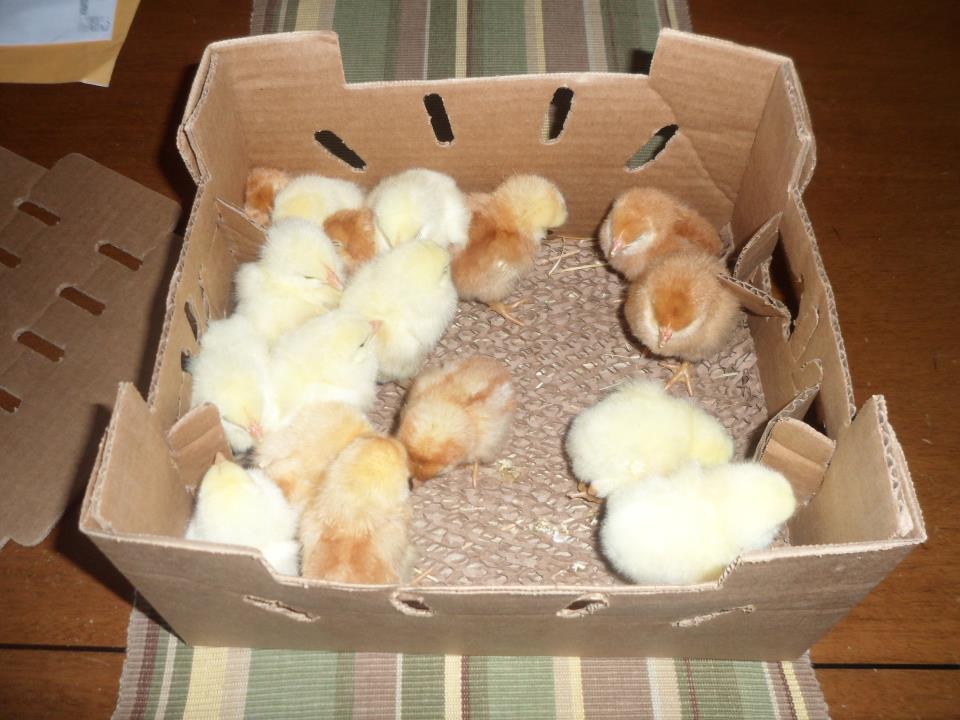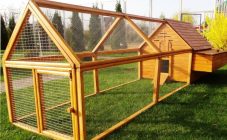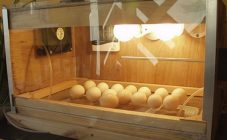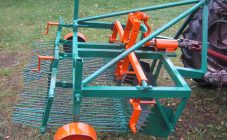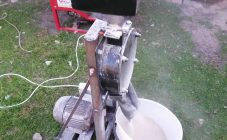Content:
Raising chickens is not particularly difficult. Although there are many factors to look out for in their growth and development. One of these factors is a house for small chicks. The cage must act as a defense against rodents, crows, dogs and other birds and animals that can crush small and fragile organisms. Also, the cage should protect the chicks from external weather factors that can be aggressive, for example: rain, wind, hail, frost, scorching sun rays, etc.
House for chickens do it yourself
The chicken house can be of several varieties. It could be a cage, maybe a box with a wooden bottom. In order not to strain too much, you can go to a specialized store and buy a house there. The second option for getting a house at home is to make it yourself. Although it is less common, it is safer, of higher quality and less expensive in financial terms.
When choosing a house design, which will be made by hand, it is recommended to take into account such important points:
- Reliability;
- Safety;
- Mobility;
- Lighting and heating, etc.
The chicks will stay there for only 1.5-2 months, but this time should be spent in comfortable conditions for them. How to make the chicken comfortable?
The house should not be cold and humid. Broiler chickens develop normally at a certain temperature regime. Any serious change in it entails diseases of chickens; at this age, diseases often end in death.
It is also necessary to take into account that, in addition to natural illumination by direct sunlight, there should also be light at night. In the first month, chicks need 24/7 light consumption.
Feeders and drinking bowls are recommended to be placed on different sides of the house, so that the chicks do not spend a lot of energy looking for food and water.
The aviary should be safe, since a minute is enough for a bird of prey or an ordinary house cat to attack the chicks.
The simplest way to create a cage
The simplest option for a chicken house is a wooden bottom box. But the simplest doesn't mean the most convenient. The chick box is not very cost-effective, because it is difficult to transport it to fresh air, during the daytime the amount of electricity consumed for lighting and heating the chicks increases.
But some farmers consider this option quite acceptable for themselves. In order to design a house out of the box, you will need the following materials:
- Thick cardboard or plywood, 0.4 cm thick;
- Wooden blocks no more than 2 cm thick;
- Plastic;
- Chipboard or plywood;
- Self-tapping screws;
- Small nails;
- A hacksaw for woodworking;
- Felt or any other environmentally friendly insulation;
- Polycarbonate to create a pallet;
- Glue;
- Door hinges;
- Metal mesh, the dimensions of which should be 5 cm * 10 cm.
The bars should be cut into the following dimensions: 4 bars 1 m long, 4 bars 50 cm long. The plywood sheet must also be cut into five parts. Three walls will be of this size 0.5 m * 1 m and two parts of the end - 0.5 m * 0.5 m.From the resulting parts, you can form a frame. Plywood sheets are nailed to the bars with small nails, the bars are attached to each other with self-tapping screws. From above, you need to attach the door in the form of a mesh to the door hinges. This will be a kind of window opening. From the outside of the box, all plywood sheets are upholstered with felt or other material for insulation. The last point cannot be ignored, otherwise the chickens, accustomed to warm temperatures, will immediately fall ill.
So, the do-it-yourself chicken cage is ready. There is nothing difficult. You just need a little patience and minimal knowledge in working with the tools. A cage of this size is suitable for keeping 50 young animals. If you plan to breed more chicks, the size of the cage should be doubled. At the same time, its weight will also increase.
Cell design
Mobile option
The universal portable chick cages are very popular. They can be both in the house and on the street, which is considered extremely convenient not only for chicks, but also for the farmer who raises them. To build a cage for chickens with your own hands from improvised means, you can use drawings downloaded from the Internet or taken from a neighbor. You can draw your own unique project. When creating your own drawing, you should think it over to the smallest detail, since the safety of the future structure depends on it.
You can build a metal chicken cage. This design is used mainly in the warm season. According to the parameters, this cage will be suitable for one dozen heads. To create a structure, you will need a mesh, wire, pliers. The mesh is cut into five equal parts, the wire is cut into pieces, 3 cm long. The mesh is fastened tightly together with the help of pieces of wire. The upper part of the mesh is attached with wire only by one edge. This will ensure easy access to the chicks.
The mobile design, due to its fast movement, quite often changes the environment for the chicks. The cage should have well thought out ventilation, and constant access to light.
Stationary street option
To create a stationary chicken net you need the following material:
- Plywood sheets;
- Mesh netting, several pieces with cells of different sizes;
- Metal sheets;
- Fastening material;
- Wooden bars.
The construction of the frame is no different from the previous options. Wooden blocks are sawn into pieces of the required height and fastened together with self-tapping screws. The floor net for chicks should be made up of fine mesh cells. Make the side and back walls of the distant canopy from plywood sheets. The near, walking part should be made of a chain-link mesh with an average mesh diameter. The netting chain-link is attached to the wooden beams of the frame. In order to convert a cage from a stationary version to a mobile one, wheels should be attached to the lower frame beams that will support the weight of this cage.
Chick keeping recommendations
In order for chicks to be less exposed to disease, the cages must be kept clean. For this, it is recommended to use plastic pallets that are easy to clean.
Particular attention is paid to heating chicks that are less than one month old. There are several heating options:
- Lamps. In addition to lighting, they can also warm up the air. It is very convenient, considering the fact that in the first month it will hardly turn off.
- Warm water bottle. Provides some inconvenience due to rapid cooling.
Any enclosure should have a thermometer to measure the air temperature in the cage. The optimum temperature is considered to be 30 ° C.
In the aviary, it is advisable to equip a place where the chicks can hide from the rain and wind. Chicks treat drafts very badly, therefore, for preventive purposes, you should not allow through winds in the aviary. But a stream of fresh air must enter the aviary regularly.
Breeding chicks is a simple matter. They require little personal care and minimal maintenance knowledge. With the right tactics for raising chickens, you can have fresh and high-quality meat on the table and the financial benefits obtained from the sale of live and slaughtered poultry.
